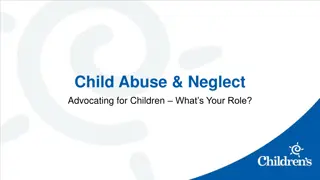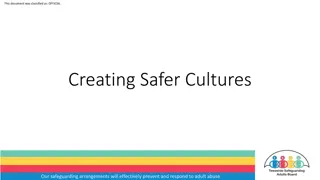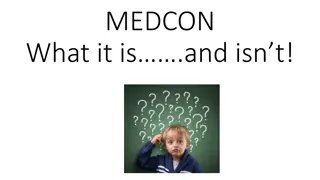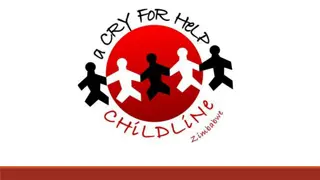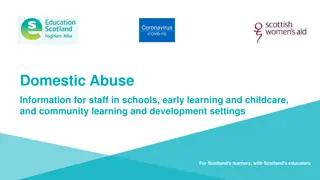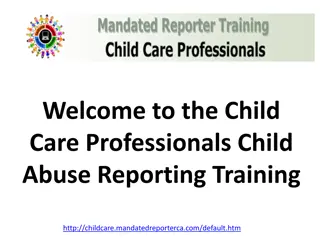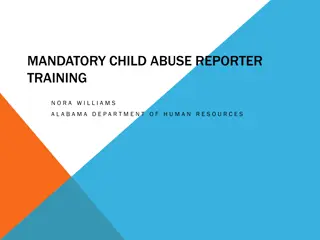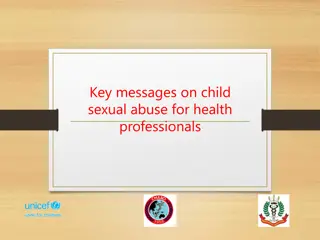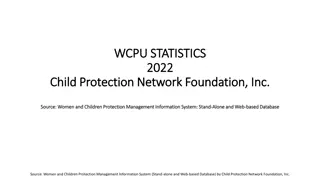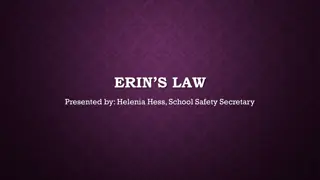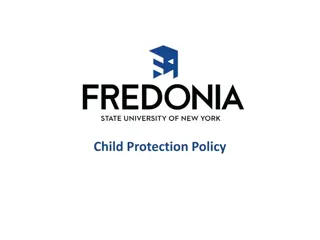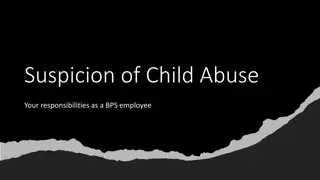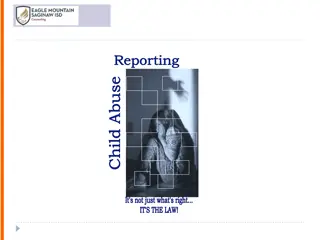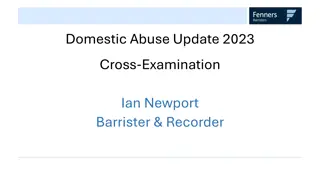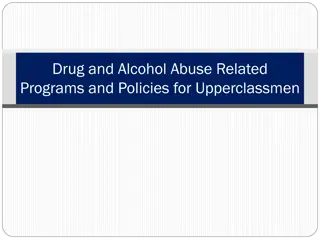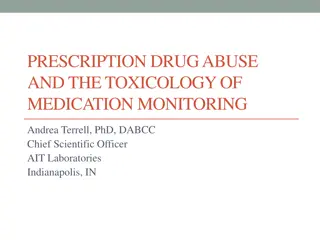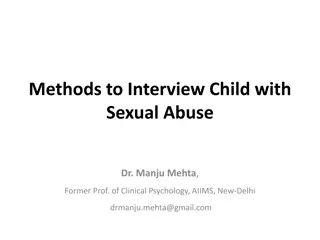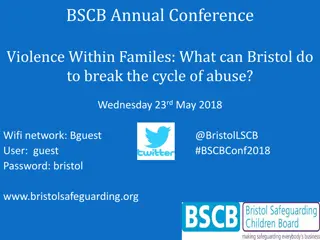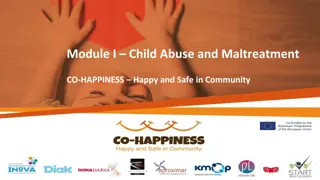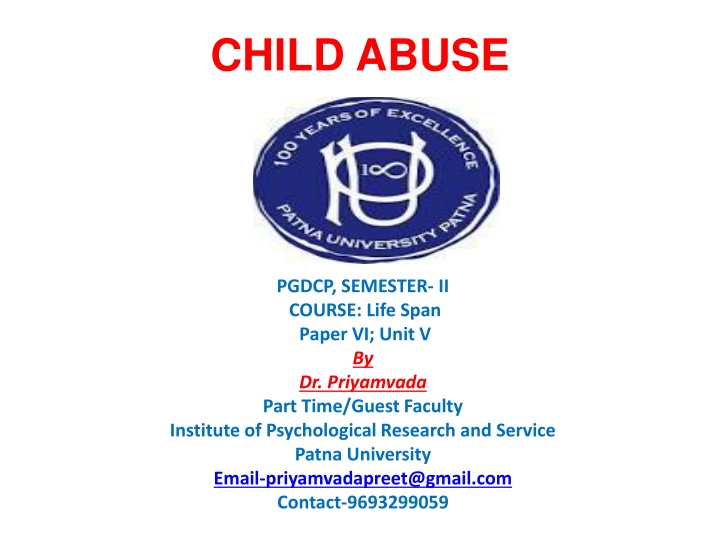
Child Abuse: Definition, Types, and Manifestations
Explore the meaning of child abuse, its various types such as physical, sexual, emotional abuse, and neglect, as well as the manifestations of abuse and neglect. Learn about the importance of prevention and recognizing the signs of abuse to protect children's well-being.
Download Presentation

Please find below an Image/Link to download the presentation.
The content on the website is provided AS IS for your information and personal use only. It may not be sold, licensed, or shared on other websites without obtaining consent from the author. If you encounter any issues during the download, it is possible that the publisher has removed the file from their server.
You are allowed to download the files provided on this website for personal or commercial use, subject to the condition that they are used lawfully. All files are the property of their respective owners.
The content on the website is provided AS IS for your information and personal use only. It may not be sold, licensed, or shared on other websites without obtaining consent from the author.
E N D
Presentation Transcript
CHILD ABUSE PGDCP, SEMESTER- II COURSE: Life Span Paper VI; Unit V By Dr. Priyamvada Part Time/Guest Faculty Institute of Psychological Research and Service Patna University Email-priyamvadapreet@gmail.com Contact-9693299059
Meaning of child abuse The WHO consultation on child abuse prevention drafted the following definition- child abuse or maltreatment constitutes all forms of physical and/ or emotional ill- treatment or commercial or other exploitation, resulting in actual or potential harm to the child s health, survival, development or dignity in the context of a relationship of responsibility, trust or power.
The given definition covers a broad spectrum of abuse. It focuses primarily on acts of commission and omission by parents or caregivers that result in harm to the child. In particular, it explores the prevalence, causes and consequences of four types of child maltreatment by caregivers, namely: 1. Physical abuse 2. Sexual abuse 3. Emotional abuse 4. Neglect
Physical abuse Physical abuse of a child is defined as those acts of commission by a caregiver that cause actual physical harm or harm the potential for harm. Sexual abuse Sexual abuse is defined as those acts where a caregiver uses a child for sexual gratification
Emotional abuse Emotional abuse includes the failure of a caregiver to provide an appropriate and supportive environment, and includes acts that have an adverse effect on the emotional health and development of a child. Such acts include restricting a child s movement, denigration, ridicule, threats and intimidation, discrimination, rejection and other non- physical forms of hostile treatment.
Neglect Neglect refers to the failure of a parent to provide for the development of the child where the parent is in a position to do so in one or more of the following areas: health , education, emotional development, nutrition, shelter and safe living conditions. Neglect is thus distinguished from circumstances of poverty in that neglect can occur only in cases where reasonable resources are available to the family or caregiver.
Manifestation of child abuse and neglect Injuries inflicted by a caregiver on a child can take many forms. Serious damage or death in abused children is most often the consequence of a head injury or injury to the internal organs. Shaking is a prevalent form of abuse seen in less than 9 months of age. Most perpetrators are male because men are being more stronger than women, tend to apply greater force and more prone to shake children. Intracranial hemorrhages, retinal hemorrhages and small chip fractures at the major joints of the child s extremities can result from very rapid shaking of an infant.
Conted The battered child- one of the syndromes of child abuse is the battered child . This term is generally applied to children showing repeated and devastating injury to the skin, skeleton system or nervous system. It includes children with multiple fractures of different ages, head trauma and severe visceral trauma, with evidence of repeated infliction.
Conted This is not uncommon for children who have been sexually abused to exhibit symptoms of infection, genital injury, abdominal pain, constipation, chronic or recurrent urinary tract infections or behavioral problems. To be able to detect child sexual abuse requires a high index of suspicion and familiarity with the verbal, behavioral and physical indicators of abuse.
Conted There exist many manifestation of child neglect, including non-compliance with health care recommendations, failure to seek appropriate health care, deprivation of food resulting in hunger and the failure of a child physically to thrive. In, addition, abandonment, inadequate supervision, poor hygiene and being deprived of an education have all been considered as evidence of neglect.
References: World report on violence and health; child abuse and neglect by parents and other caregivers. Hetherington and Parke(1999); Child Psychology. Benjamin. B. Lahey., and Alan. E. Kazdin ; Advances in clinical child psychology, plenum press, Vol-10, ISSN 0149-4732, Google images and Google search. THANK YOU

